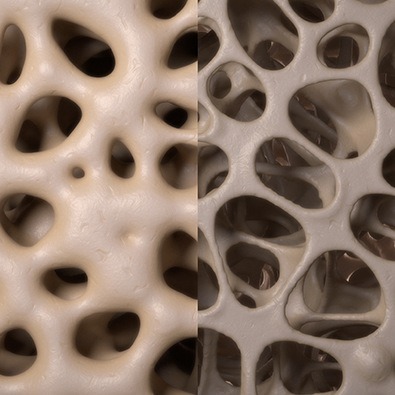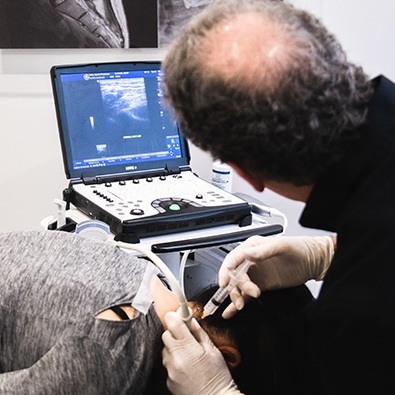
Fax: (860) 430-9693
Glastonbury, CT 06033
Osteoarthritis? (commonly known as OA) of the shoulder is not as common as that of the knees or hips. However, shoulder replacement for arthritis is the third most common joint replacement after the knees and hips. Osteoarthritis is the “wear and tear” kind and is by far the most common.
There are two areas of the shoulder that can develop arthritis – the glenohumeral joint (which is the “ball and socket” or actual shoulder joint) and the acromioclavicular, or “A-C,” joint. We offer solutions for treating should arthritis in Glastonbury, CT.


Glenohumeral OA most commonly affects people over 50 years old. It’s typically caused by progressive wear or overuse over time. However, a history of injury to the shoulder, such as a dislocated shoulder, can trigger the development of OA faster.
Arthritis of the A-C joint is more commonly due to trauma, such as falling and landing on the point of the shoulder, or due to repetitive strain over time, such as heavy weight training (shoulders) or overhead sports such as tennis.

The most common symptom of OA is pain while moving the shoulder and/or after moving the shoulder. Pain is also more common after prolonged inactivity, such as sleeping. You can even have pain while sleeping, particularly when laying on either side. Usually, the pain of OA is poorly localized—you have trouble putting your finger on the exact painful spot, or the pain feels “deep inside.” The exception is A-C joint OA; pain is typically pinpoint right on top of the shoulder at the end of the collarbone. Limited range of motion can be another symptom. Also, moving the shoulder might also produce a clicking or creaking noise.

Most cases of OA can be easily diagnosed by a combination of physical exam and x-rays. MRI is rarely needed to make the diagnosis of OA. However, MRI may be helpful in identifying other problems in the shoulder that may be contributing to your pain, such as a labral tear or rotator cuff injury.

Treatments for OA can be broadly divided into Conventional Treatments and Alternative Treatments. Conventional treatments include anti-inflammatory medications and pain medications, physical therapy, cortisone injections, and surgery. While these can be helpful, some, such as medication and steroid injections, have potentially serious effects. (For example, cortisone injections have been shown to be toxic to cartilage and can hasten the worsening of arthritis if given too often.) And not everyone is keen on having surgery.
Alternative treatments include massage therapy, acupuncture, ART® (Active Release Technique), and Regenerative Medicine treatments such as PRP and stem cells.* Of these, only Regenerative Medicine treatments can alter the biological environment of the joint and slow further worsening of the OA. PRP and stem cell treatments can be excellent non-surgical alternatives if you’re suffering from OA.